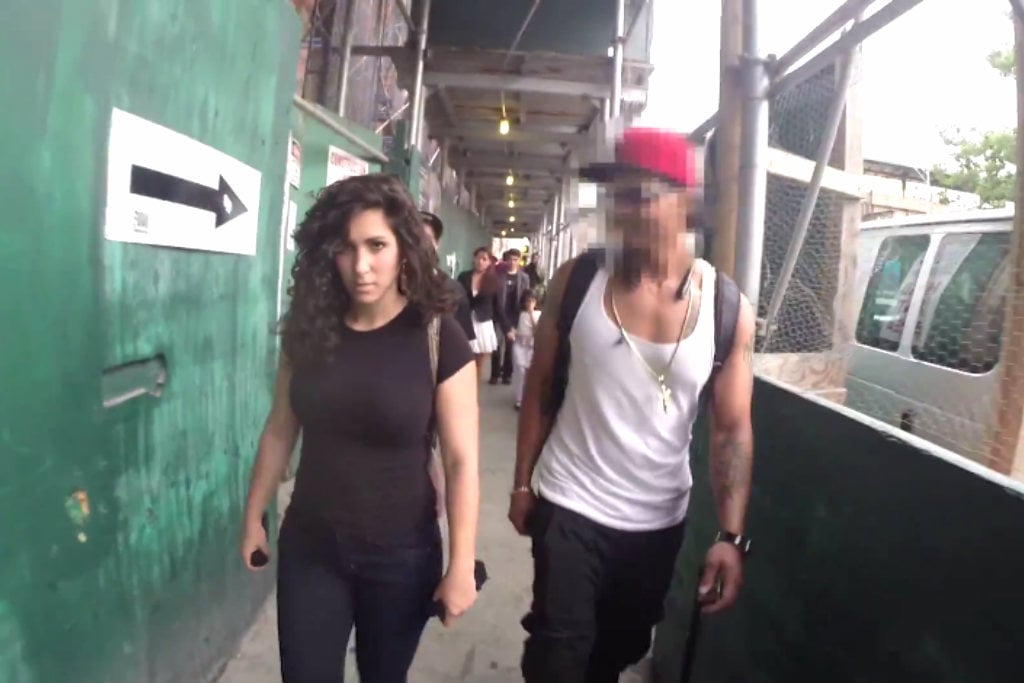The ‘Free To Be’ Project Is Mapping Sydney’s Danger Spots For Women, And It Needs Your Help
Ever felt unsafe in Sydney? There's now a map for that.

Ever felt unsafe in Sydney, been attacked or subject to street harassment? Thanks to the ‘Free To Be’ project, there’s now a map for that.
A new online map aims to crowdsource women of Sydney’s experiences in order to identify safe and unsafe locations in the city, hopefully helping to make the city safer for everyone as a result. The map allows people to drop “happy” or “unhappy” pins in different areas, flagging assault and street harassment hotspots for others to avoid, as well as recommending areas where women have felt safe.
The project, which is a collaboration between NGO Plan International Australia, mapping software Crowdspot and Monash University’s XYX Lab, has previously been rolled out in Melbourne. It received over 10,000 visitors there, and thanks to its success it’s now being rolled out in Sydney, Delhi, Kampala, Lima and Madrid.
We're asking young women in Sydney how they feel in their city. They're joining young women in Delhi, Lima, Kampala and Madrid who are making their cities their own. If you're a young woman in #Sydney we want to hear your stories! Head to ➡️ https://t.co/ny4c86ePe2 #FreetoBe pic.twitter.com/Q4XwN528gz
— Plan Australia (@PlanAustralia) April 17, 2018
The map will accept submissions for the next six weeks, after which time the data gathered will be passed on to local councils, police and public transport officials to encourage them to make necessary changes. All the data uploaded to the map is anonymous, and contributors have the option to include a story elaborating on their submission, or to just mark the area as good or bad.
So far, the Sydney map has gathered submissions identifying problem areas like bike paths without lights at night, areas where catcalling and street harassment is frequent, and construction areas that have made previously safe walkways confined and dangerous. There are a bunch of positive submissions too, flagging areas with good lighting, or lots of tourists and families around.
You can check out and contribute to the Sydney map here, and we seriously recommend you do — even if you don’t identify as a woman, flagging areas that might help others avoid danger is awesome.
